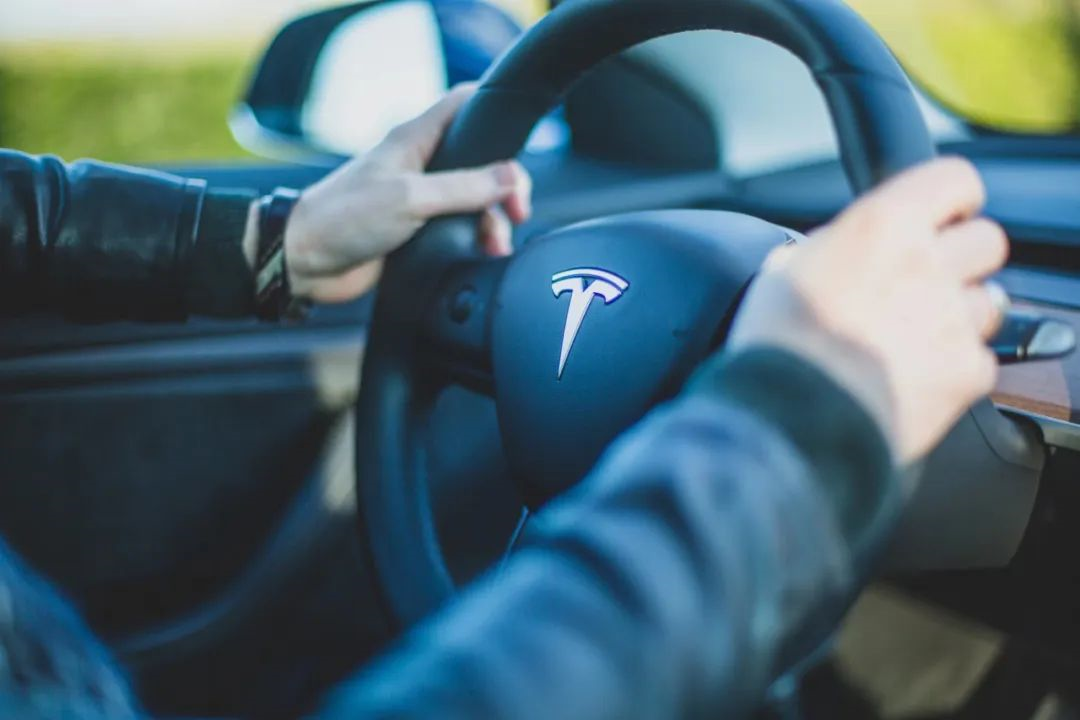Author: Da Yan
Finally, there is a new development in the once sensational “Brake gate” incident.
On the evening of May 9th, the owner of the “Wenzhou Tesla brake failure incident”, Mr. Chen, apologized publicly on his Weibo account and admitted that the reason for the previous traffic accident was that he mistook the accelerator for the brake. This also means that Tesla’s “brake failure” incident has reached a recognized, fair and objective result by all parties concerned, based on relevant factual data and court verdict.
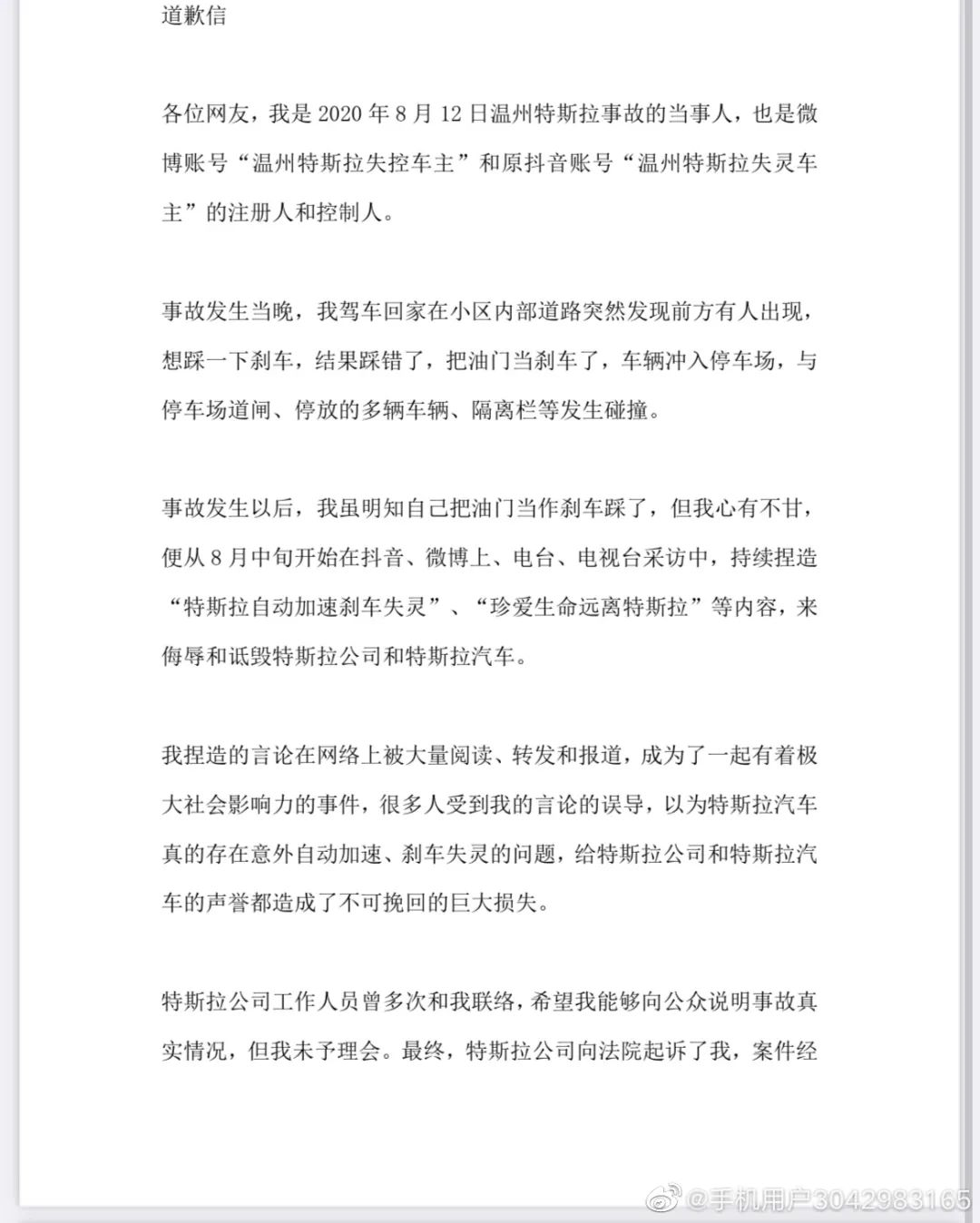
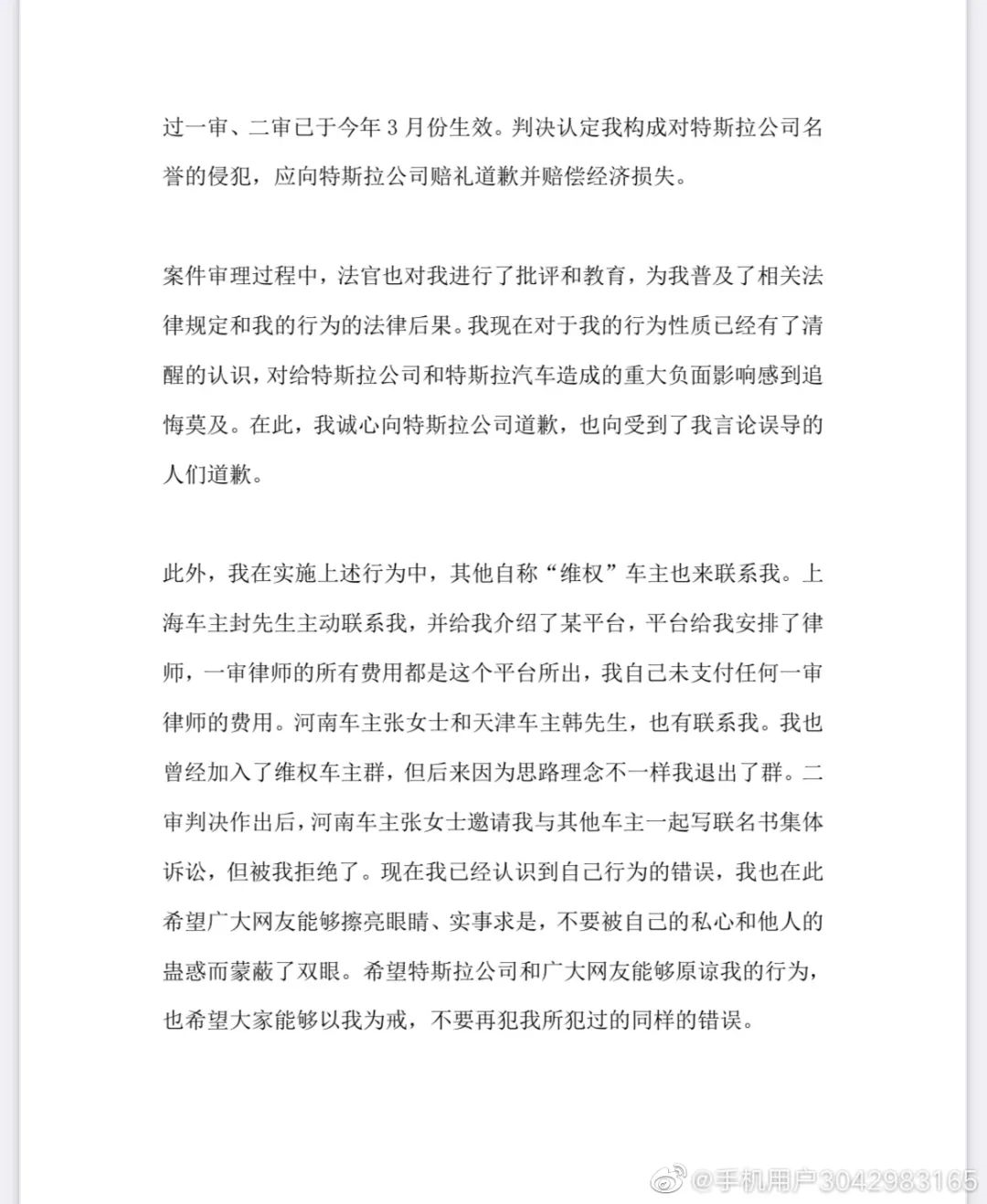
A Review of “Brake gate” Incident — An Extremely Tragic Traffic Accident
Let’s first review the accident: On August 12, 2020, Mr. Chen’s Model 3 crashed into the parking lot gate at high speed in a certain community in Wenzhou. According to relevant reports, this accident not only caused the car owner himself to be rescued for 7 hours and nearly 5,000 milliliters of blood transfusions before being out of danger, but also resulted in the owner’s large intestine being cut off by 30 centimeters, and his waist bone being identified as level nine disability. At the same time, more than 10 surrounding vehicles were severely damaged due to this accident.
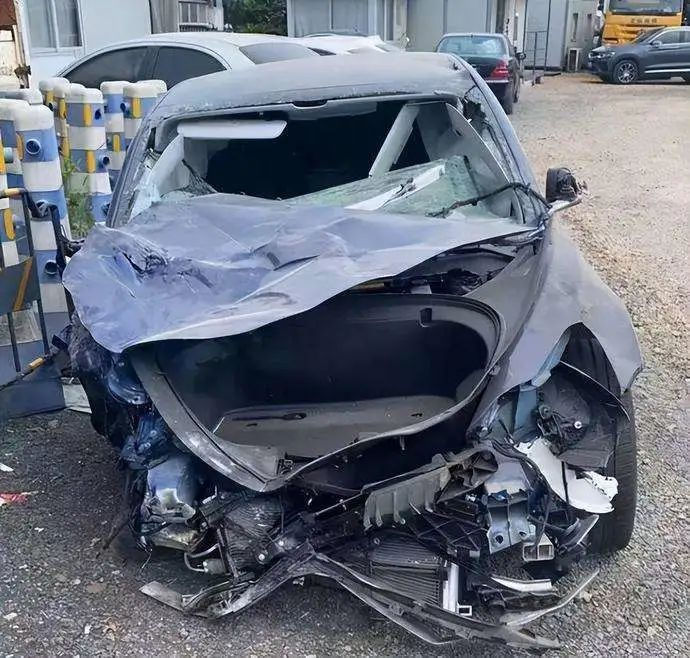
Actually, we can also understand the car owner’s feelings after this traffic accident. Once it is identified as the car owner’s own responsibility, not only his own body and vehicle are injured, but also the destructive losses caused to surrounding vehicles and facilities may face high compensation that cannot be covered by insurance.
Therefore, in the apology letter, the car owner wrote, “Although I knew I mistook the accelerator for the brake, I was still unwilling in my heart.” Even after relevant personnel helped to interpret EDR data, he still knowingly misrepresented the “Tesla automatic acceleration and braking failure” and other content in multiple media outlets for various reasons, which also caused a stir. After the first-instance ruling of the court, this car owner still appealed to the second-instance court and was eventually rejected. Later, we saw the apology letter mentioned above.
In the apology letter, the car owner not only admitted to mistaking the accelerator for the brake but also revealed another information: “A certain platform” voluntarily paid for all the lawyer’s fees in the first trial.
In the Wenzhou Tesla owner incident, this platform arranged a lawyer for him and actively assumed all the costs of the first trial lawyer. According to other media revelations, the lawyer platform voluntarily invested in several Tesla owner’s rights protection cases.If the initial behavior of Tesla car owners in Wenzhou was the fuse of this “farce”, then this “platform” became the fuel that fueled the farce’s intensification and publicity. Unfortunately, this dispute, which lasted more than a year, finally came to an end with Mr. Chen’s compensation and apology letter, and Mr. Chen paid the necessary price. However, that “enthusiastic platform” continued to remain anonymous. We don’t know who is behind the platform, and we don’t know what the intention is behind paying litigation fees and participating in several rights protection activities.
Brake system failure? Not that easy
In the subsequent “brake gate” incidents, “brake failure” was once equated with Tesla, even with the single-pedal mode of electric cars. Is the braking system of Tesla and even electric cars really that easy to fail?
As an important part of the car safety system, the importance of the reliability of the braking system is self-evident. Therefore, whether it is the car company itself or national regulations, all have formulated various norms from a more conservative perspective to ensure that the vehicle will not experience brake failure to the greatest extent possible. But when the relevant events fermented before, more attention was paid to Tesla from the perspective of it being an electric car.
There are indeed differences in the construction of the power system and braking system between electric and traditional gasoline-powered cars, but both have done enough work to prevent brake system failures:
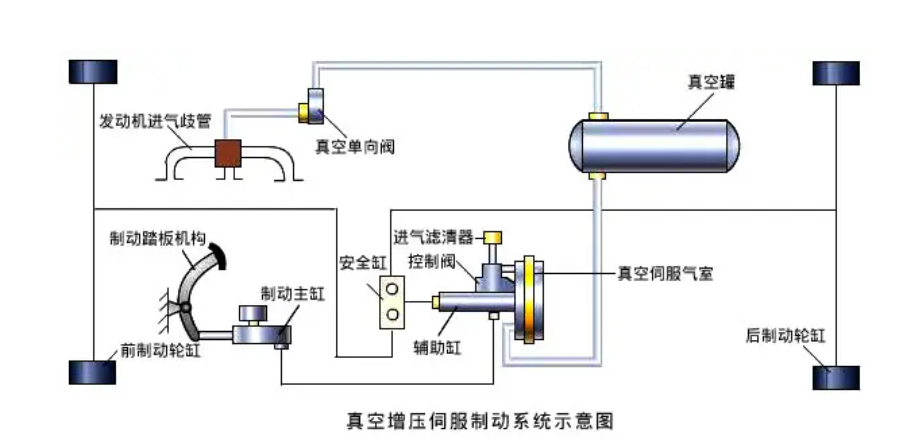
On the one hand, whether it is a gasoline car or an electric car, hydraulic braking is the absolute leader. Although electric cars like Tesla will introduce some electric braking to recycle the vehicle’s kinetic energy and feedback to the battery to improve the range, the proportion of electric braking compared to hydraulic braking is very small. Therefore, even if the program of an electric car fails and electric braking disappears completely, hydraulic braking, which dominates the hydraulic braking system, will still ensure the normal operation of the braking system. This means that even in the extreme case that electric braking completely fails, it will not have a significant impact on the braking performance of a car model. The blame for brake failure cannot be attributed to electric braking.
On the other hand, the difference lies in the braking assist system. Traditional vehicles usually use a vacuum booster pump, and the vacuum source is provided by the engine. But electric cars do not have an internal combustion engine, so there is no vacuum source. In order to achieve the effect of assistance, electric cars usually choose electric booster pumps to provide assistance for braking. Compared with the mechanical vacuum booster pump, controlled electrical components do have the possibility of failure, although the likelihood is also very small.
But we need to point out that on the one hand, the vacuum booster pump used in gasoline vehicles also has the possibility of failure, and on the other hand, national standards stipulate that once the vacuum booster fails, the driver still needs to be able to stop the vehicle, but the braking force when stepping on the brake pedal will be much greater.In the moment of life and death, almost all drivers will exert all their strength to step on the brake pedal, so the vehicle’s braking system can still be activated, but the brake pedal will become noticeably harder and there will not be a situation where the brakes cannot be controlled at all. This is also the reason why the brakes “hardened” in some accidents involving electric vehicles, including Tesla, before.
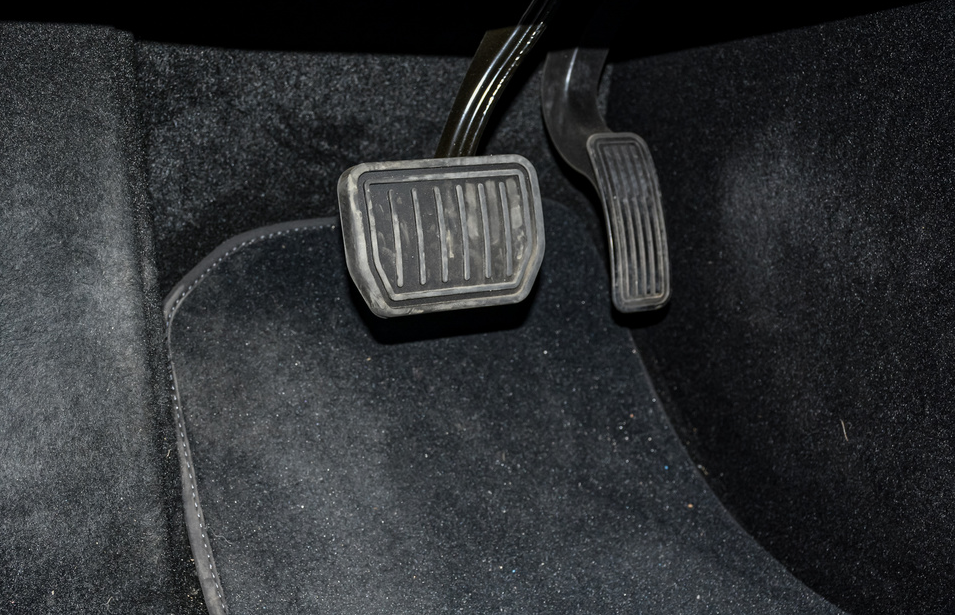
What really causes the brakes to fail is often the physical shortening of both brake pipelines arranged in more X-shaped manners. As for brake calipers and brake discs, these components may have a decline in relevant performance after a long time, but they will not cause the vehicle’s brakes to completely fail. Therefore, it is not an easy task to make the brakes fail.
It should be pointed out that for Tesla and many new-generation models, they often have a “black box,” which, like the black box on an airplane, records all driving-related data, commonly known as EDR (Event Data Recorder) data. In later stages, as a basis for traffic police enforcement, EDR data can be analyzed to clearly understand the driving state at that time. It is quite easy to track whether the driver stepped on the failed brake pedal or mistakenly stepped on the accelerator pedal. From the perspective of the initial design and definition, the possibility of tampering with EDR data in later stages is very small.

Is it “big store bullying customers” or has the sympathy of netizens been abused?
Compared with car industry giants with professional legal departments and large-scale operations, consumers often find themselves in a disadvantaged position when defending their rights, inevitably leading to natural empathy among onlookers. In the automotive industry, there was a precedent of the Ford Pinto incident, where Ford chose the latter of recalling and adopting certain protective measures as well as compensating customers in order to save nearly $90 million after calculation. Therefore, when encountering disputes over rights protection, many people’s first reaction is to stand with consumers.
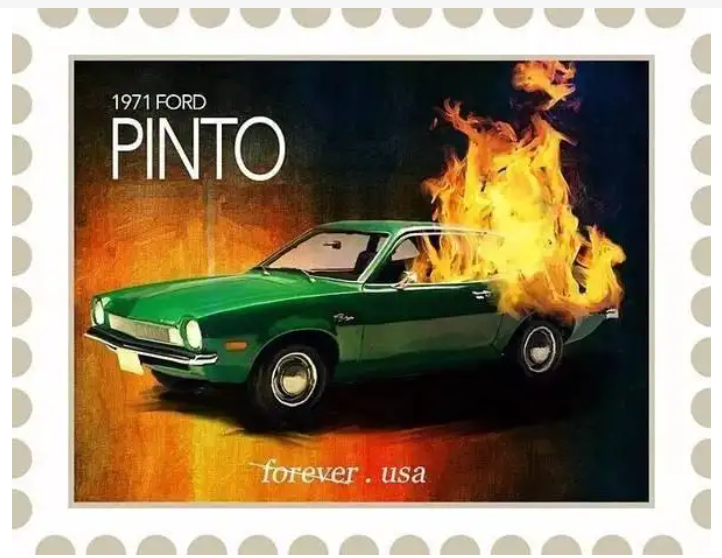
However, too many examples of reversal tell us that not all disputes over rights protection are the “big store bullying customers”.
Similar to “brake-gate” is the recently occurring “Tesla car’s supernatural audio event.”
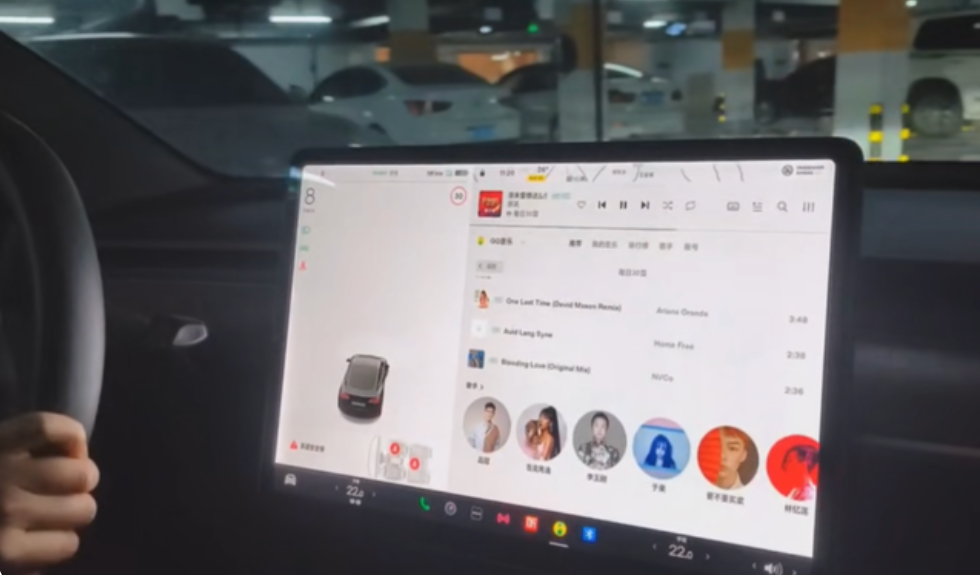 The atmosphere of the underground parking lot and the scary BGM made the incident go viral online. However, through data analysis from the backend, it was found that the related audio and the customer were listening to an audio named “Disaster Heart” on Himalaya at the time, which had similar contents. In other words, Tesla’s problem was most likely that the screen was lagging due to a large number of clicks within a short period of time. The car computer lag that occasionally occurs on smart cars has evolved into a “supernatural event”, and the spread effect has at least increased exponentially. As for how many people will care about the subsequent truth, it remains to be seen.
The atmosphere of the underground parking lot and the scary BGM made the incident go viral online. However, through data analysis from the backend, it was found that the related audio and the customer were listening to an audio named “Disaster Heart” on Himalaya at the time, which had similar contents. In other words, Tesla’s problem was most likely that the screen was lagging due to a large number of clicks within a short period of time. The car computer lag that occasionally occurs on smart cars has evolved into a “supernatural event”, and the spread effect has at least increased exponentially. As for how many people will care about the subsequent truth, it remains to be seen.
Compared with traditional cars, growing smart electric cars are destined to go through a period of running-in. This includes the polishing and improvement of intelligent and electric functions by car companies, as well as the familiarity and running-in of new functions by users during use. But this should not be used to “stigmatize” a certain brand, let alone smart electric cars in general.
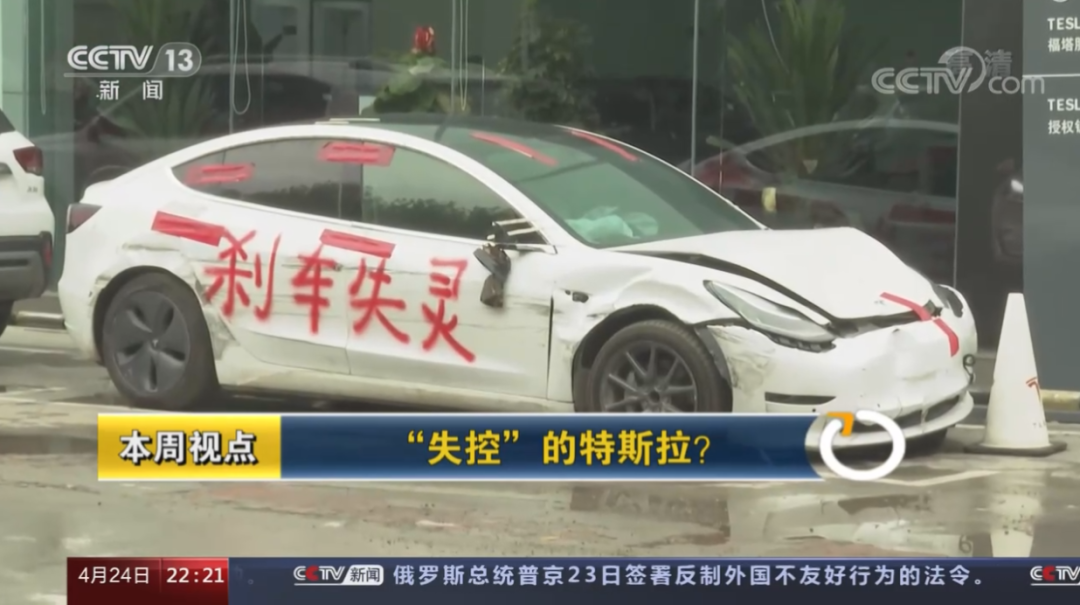
The “brake gate” farce ended with an apology letter and compensation of 50,000 yuan, and the court’s verdict rescued the brand’s face and reputation, but the impact is more than just that. Since the first trial verdict at the end of last year to the current apology, six months have passed, and the “brake failure” label still occasionally appears. In the comments under the apology letter, there are still voices of “not believing” and “this time it’s wrong, but not necessarily the other times”. When the institutional appraisal, EDR data, legal judgment, and apology letter are all in front of them, people who still choose to “not listen” are perhaps what netizens call “either stupid or evil” or “both stupid and evil”?
Whether it is for Tesla or other smart electric car brands, behind the impressive sales figures is a technically fast iterative, rapidly changing period, and a young brand. In the face of public opinion, car companies cannot withstand several black-and-white reversals.
As for the “eat melon” netizens, supporting the “weak” seen in their own eyes in the consumer’s identity, but ultimately ending with a reversal, they watched their empathy being exploited. With so many “the wolf is coming” farces, who will believe in the genuinely needed consumers?
Finally
The prevalence of the internet has lowered the threshold for us to speak up and defend our rights, but it has also made rights protection, which was originally a problem between car companies and consumers, more complicated from multiple parties, such as the appearance of “certain platforms” in the apology letter.
When the competition of smart electric cars is on the fast track, we hope that there will be more genuine and fierce product and technology competitions, and fewer off-field competitions.
This article is a translation by ChatGPT of a Chinese report from 42HOW. If you have any questions about it, please email bd@42how.com.
